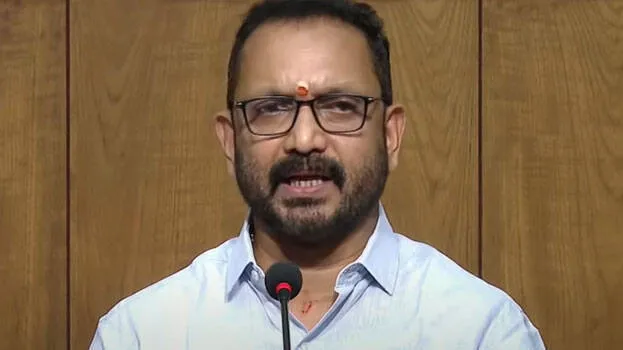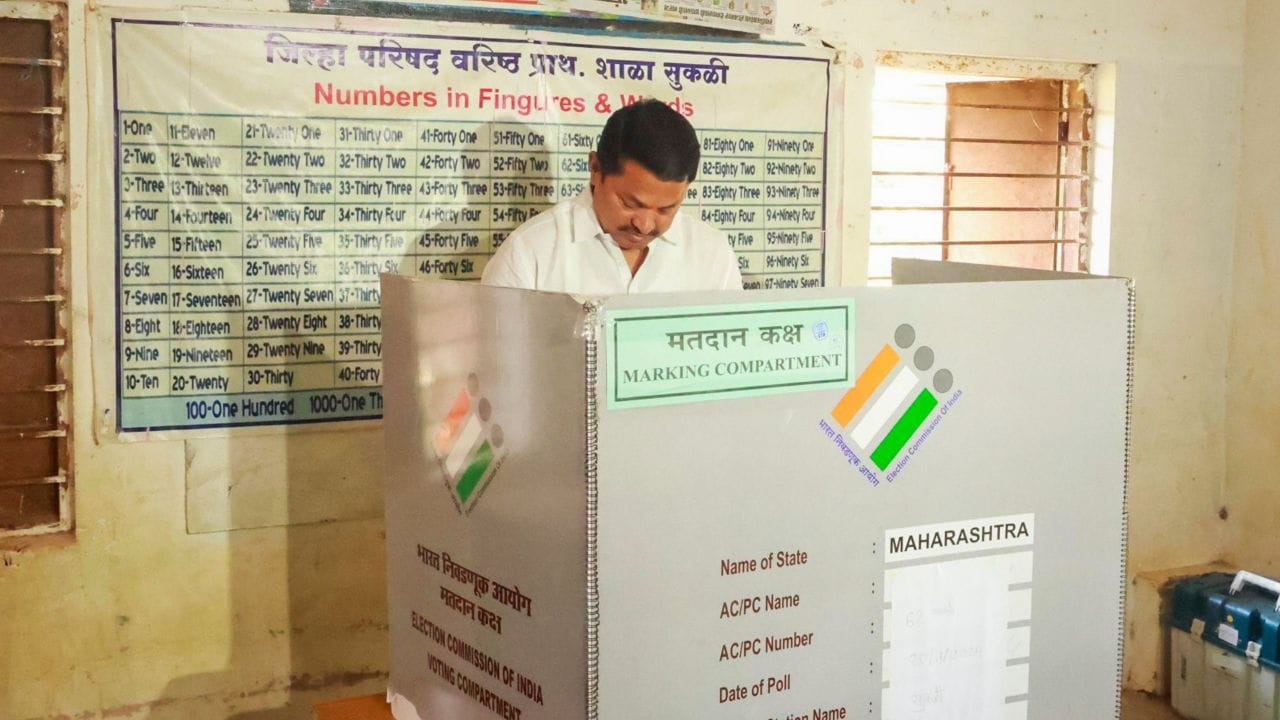
The 6th Asian Population Association Conference is going to be held in Kathmandu Nepal from 27-30 November 2024. The conference will delve deeper in discussion on the current Asian population mega-trend and patterns and its future. Thanks to the APA Council that it decided to hold the 6th conference in Nepal.
Central Department of Population Studies (CDPS), Tribhuvan University (TU), is the host of this conference. This is a historic as well as a golden opportunity for not only CDPS-TU but also for the country. This conference will provide a common platform for global and Asian and Nepali academia, professionals, policy makers and politicians studying and working in the field of population and development.

It provides an opportunity to learning, sharing, and discussing about the contemporary population policies, population trends and patterns, and the future of the population in relation to development for human wellbeing. The conference will be organized in several parallel sessions with 17 themes related to population and development. There will be two plenary sessions specially focusing on – (1) changing realities of fertility and family in Asia and (2) emerging migration flow within the region.
In addition, there will be two special sessions – (1) Advancing demographic education in Asia-Pacific region and (2) Nepal special session which includes changing population dynamics and its implication in population and development in Nepal. The Nepal session will provide inputs and feedback for upcoming population policy in the country. Organizing "Nepal Special Session" is the learning from 2nd APA Conference held in Thailand, Bangkok, where Thailand was able to utilize the opportunity from the conference to make their population and development policy.
It was learned that the policy based on the output of the deeper discussion from national and international demographers and policy makers during the session had been a milestone for the population management in Thailand. Therefore, the Nepal Special Session is an opportunity for Nepal, and we can maximize it by learning from other's experiences and discussing current population shifts and the future of our population, replacement level fertility, internal and international migration, gender equality and women empowerment and so forth. Consequently, we will be able to prepare an evidence based practical population policy that could be a milestone for the population and management and development policy.
Human population is that it is itself a resource, means and ends. Any kind of development is possible from the population, which is by the population, and ultimately for the population. Thus the population has to be at the center of development, development policies and plans as well as programs.
The evidence-based development policies and plans does mean that the evidence should be the population structure that informs "how many;" "who" in terms of age, sex, and caste/ethnicity structure, and poverty level; "where" geographic proximity of the residence of population; and "why" in terms of variation and diversity of the population. It also informs future scenario population structure by its projection of what will happen in the next 25 years as for example. These analyses will give base evidence for current and futuristic policies and plans.
There are a number of examples that have been published by the national newspapers time and again telling stories about the development not matched with population. For example, many schools are in the stage of closing in some parts of mountain and hill areas due to lack of students, bridges and roads have been built but they are under-utilized because people have migrated to other areas, and so on. Such realities were not envisioned when the roads, bridges, and schools were constructed.
This is largely due to the decisions without analyzing the current and future population structure,possibility of migration, and employment opportunities and basic health and other services facilities that are required for the population. Also, aspiration and expectations of the people would change by time were not envisioned. Another important issue is that the population issue has not been well internalized by policy makers, planners and politicians.
Consequently, it has not been well mainstreamed as well as institutionalized by the government. The current population institution has been squeezed into "population mahasakha" under the Ministry of Health and Population, which has several limitations for influencing the national policies and plans. This conference would be highly appropriate to learn such relationships of population with environment, climate change and development and to sensitize development professionals, policy makers, planners, government machineries, and politicians.
It is also expected that sensitization with this knowledge would help the population issue would be well internalized and institutionalized in the government. According to Census 2021, Nepal has for the first time below one percent of annual population growth, which is 0.92 percent.
Nepal has achieved a replacement level fertility and indicated the lowering trend in fertility, meaning that it will be lowering in the future. Population mobility both internally and internationally has been ever growing. This scenario clearly indicates that Nepal has already entered into a "demographic mega-trend" that has been experienced in most of the Asian countries.
South Korea, Japan, China and other countries have minus population growth rate, considerably low fertility, high population mobility, growing ageing population and so on. Malaysia, Thailand and others are following these countries. Nepal is also in the same direction.
China is an interesting example. It had a "one-child" policy in 1980 for making balance between population, resources and development. Now, it has a total fertility of 1.
17 births per women and population growth rate of -0.103 and, consequently China has a new policy amended in 2021 that allows a couple to have three-child.Similarly, we will learn from the experience from Japan and South Korea how they have been addressing the ageing population, what type of policies they have.
It is because Nepal also has stepped onto "ageing society" and we will be expectedly heading towards the same direction. Only the difference is that we are not able to achieve expected economic development, which is not matched with our current population shift. Currently India has the highest population in the World, which is 1.
44 billion. Second position holds China and India surpassed the China population in April 2023. India and Nepal have a similar level of population structure, population growth and fertility.
However, the difference between Nepal and India is that India is the World's most populated country, whereas Nepal has only 29.2 million. So, India's transition may be slower than that in Nepal.
If we look at African countries, they have already declared that they will be attending the "demographic windows of opportunity" in 2068. In order to harness this opportunity, they are preparing for high investment in education and health and opening various ways of employment and income opportunities, which we never did. We can learn from the global demographic transition and change.
When we compare the population shift of Nepal over the years with global demographic transition over the centuries, we could learn a lot about how to respond to the population change in short term as well as long term, and how to address the society and the development. There are some situations still lagging behind the current population change and some negative impacts of current population change. For example, maternal mortality and girl child marriage are still high.
Similarly, sex ratio at birth is also high. The maternal mortality is related to lack of required facility with health services; child marriage is more towards traditional and cultural ideology; and the sex ratio at birth is an effect recent fertility decline because it was not that high in the past. When a couple wants a low number of children, they prefer to have a boy, and it is more towards a patriarchal value system.
And all these raise the same issue that we still need to work more on "gender equality and women empowerment." All these issues will be analyzed and discussed and also sharing the experiences from different countries in various themes and sessions of the conferences. Output of this conference will be compiled in a report and used to prepare the upcoming policy so as to achieve the demographic dividend in the country.
Also, it provides an opportunity to develop a practical and advanced level course for MA in Population Studies at Tribhuvan University which will be devoted to producing trained human resources in population studies/demography to support policies and programs to achieve demographic dividend..














